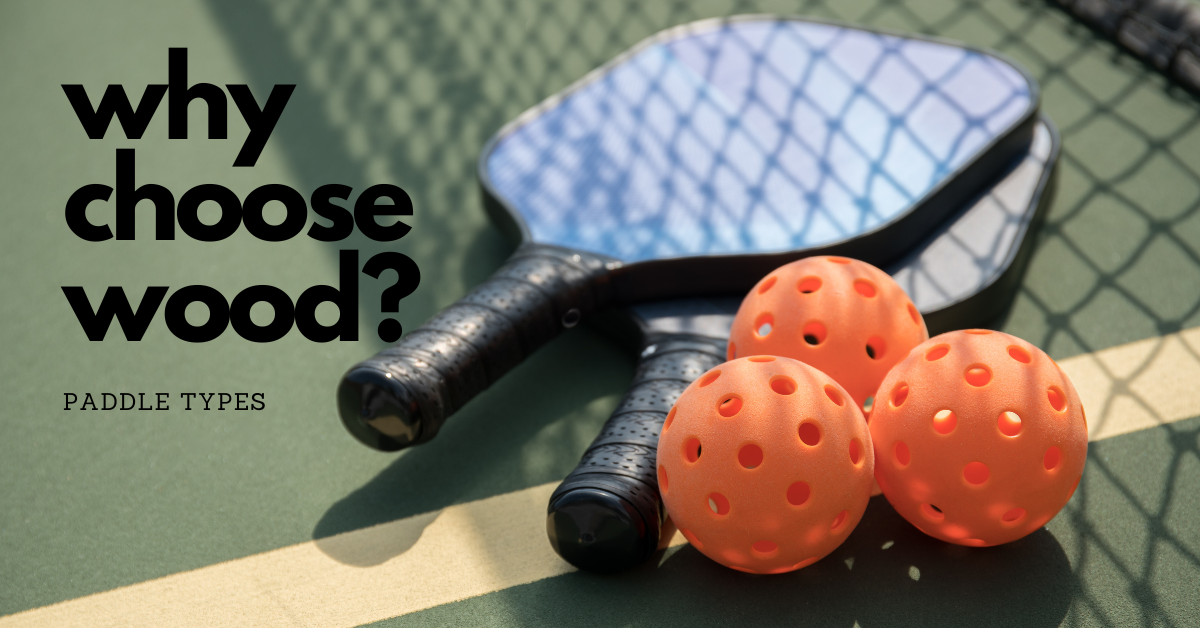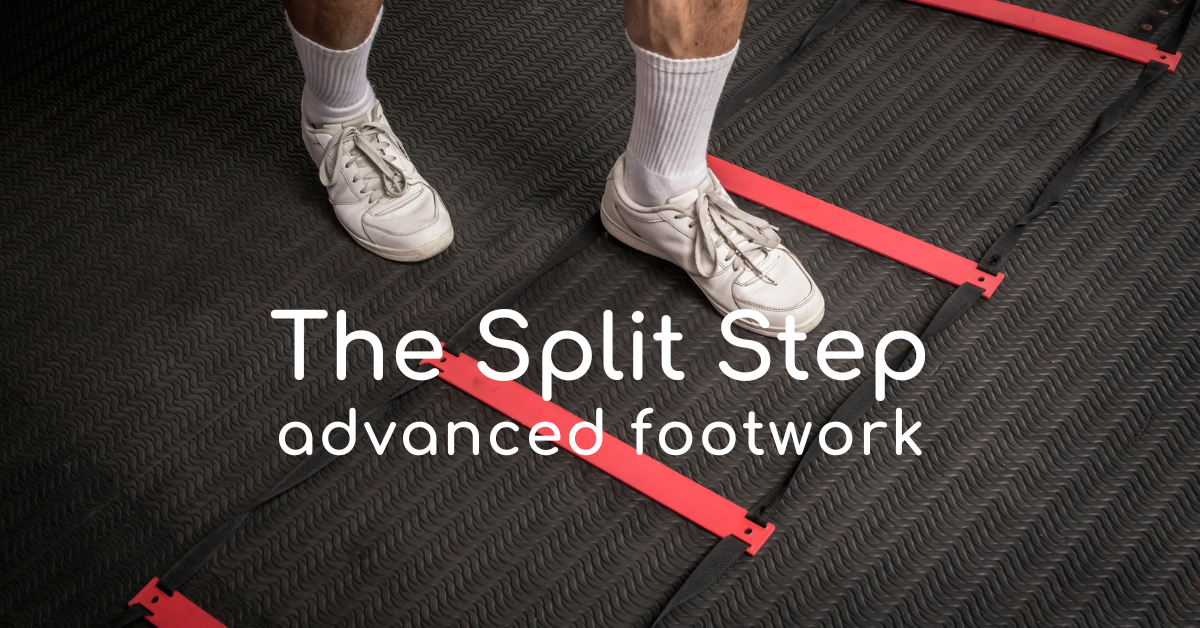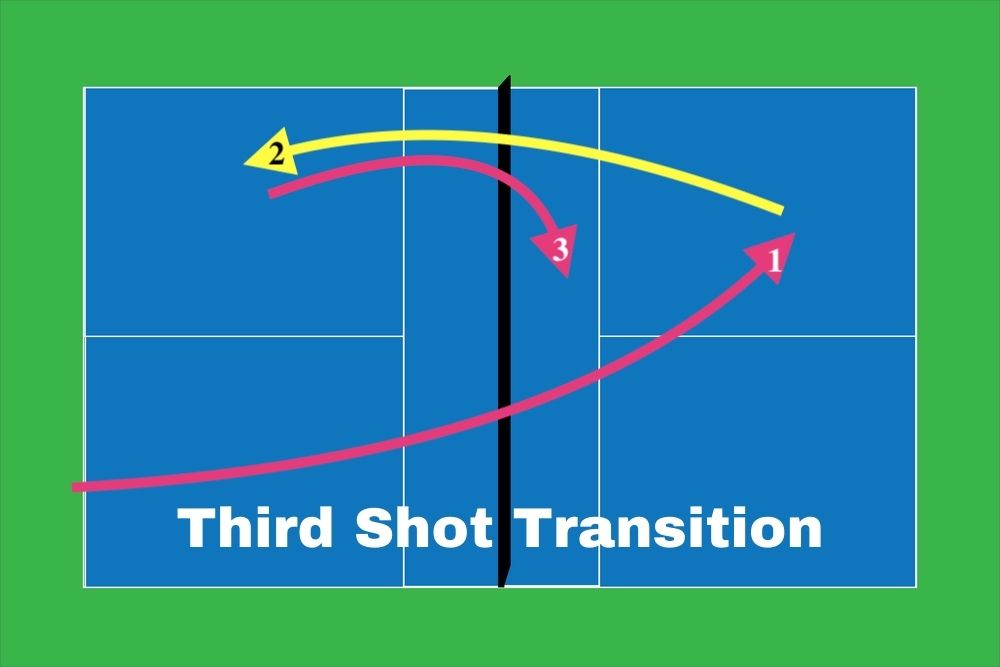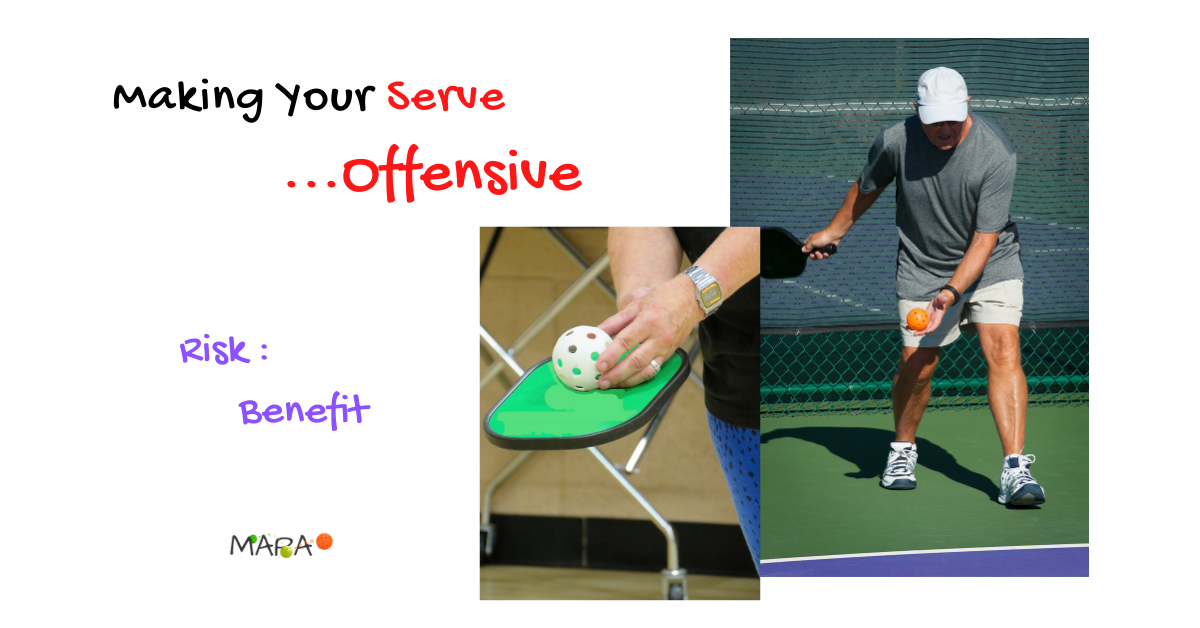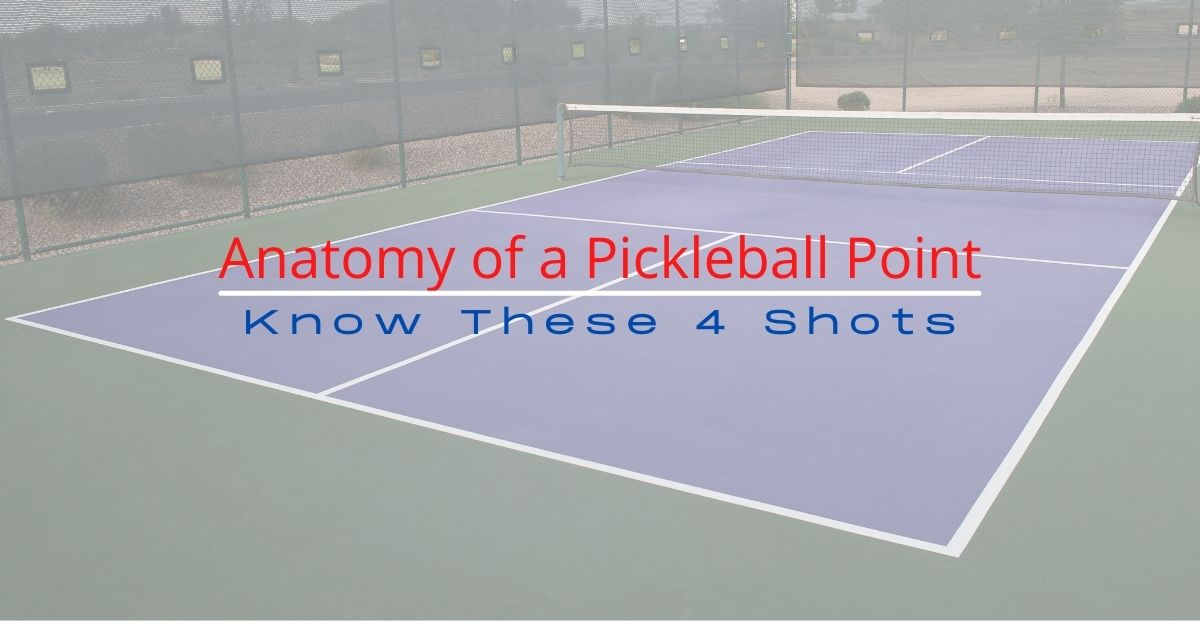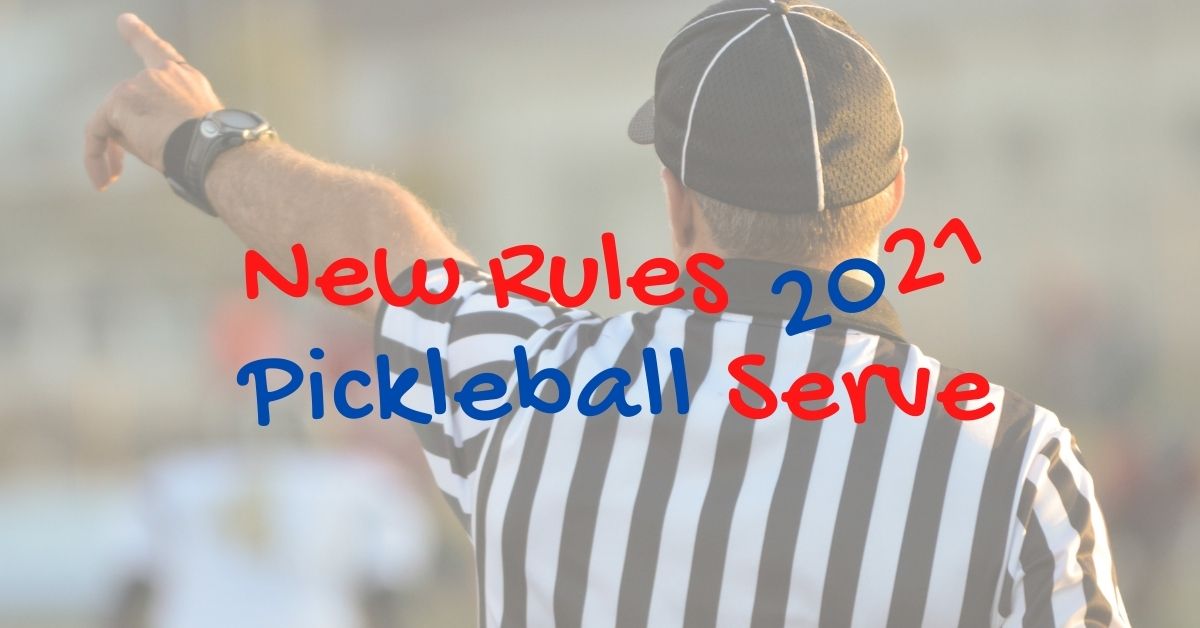Honeycomb Cores and Pickleball
[vc_row][vc_column width="1/6"][/vc_column][vc_column width="2/3"][vc_column_text] WHAT IS A HONEYCOMB CORE? Honeycomb cores are man-made structures designed to balance durability and strength but also be light. They can be compressed into flat or curved structures, and if the honeycomb skeleton is structured properly, the honeycomb can even curve without any form of heating or melting. Honeycombs are usually made by cutting the whole for the cells into a flat block, slicing excess material, and detailing the support of the structure. With modern...



